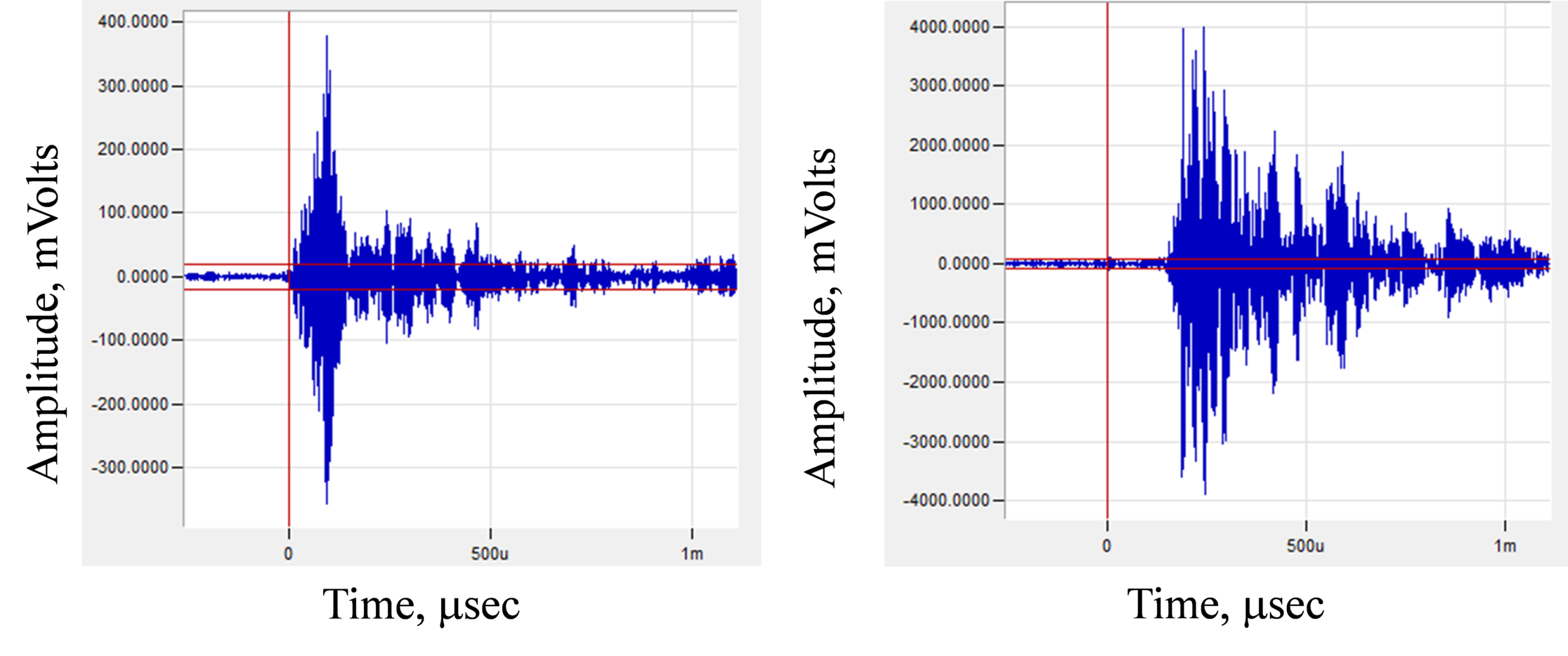(I hope that experts will answer your question better than I can do, but I will tell you my opinion.
AE method can inspect large structures more easy than UT because it is not necessary to scan a large structure with a lot of manpower. I guess you know that AE sensor listen waves that are generated from the source (crack) that teavelling through the structure. AE method detects a crack a bit late since the crack must be already big enough to generate waves. For this reason the structure is often stressed by load that stimulates the cracks to generates waves. AE method domain is monitoring of structures (e.g. bridges) during operation.
I hope that my opinion is in principle right. I just wanted to get the ball runing. I sure that experts can answer more complete and better than I did.)
For more details you should study the papers in the archive especially the seven volumns of EWGAE proceedings
